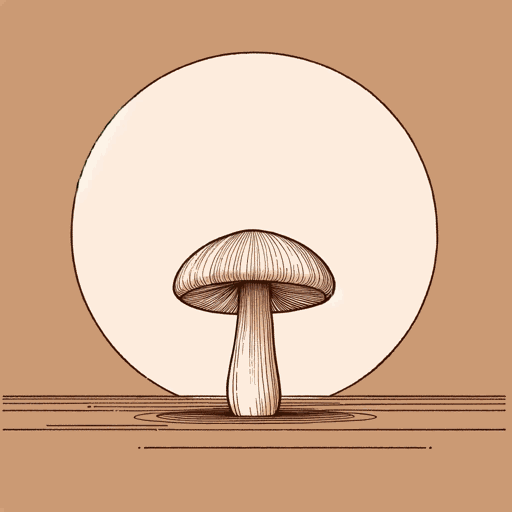75 pages • 2 hours read
Anna Lowenhaupt TsingThe Mushroom at the End of the World
Nonfiction | Book | Adult | Published in 2015A modern alternative to SparkNotes and CliffsNotes, SuperSummary offers high-quality Study Guides with detailed chapter summaries and analysis of major themes, characters, and more.
Before You Read
Summary
Preface
Prologue
Part 1, Introduction
Part 1, Chapters 1-3
Part 1, Interlude 1.1
Part 2, Introduction
Part 2, Chapters 4-7
Part 2, Interlude 2.2
Part 2, Chapters 8-10
Part 2, Interlude 2.3
Part 3, Introduction
Part 3, Chapters 11-13
Part 3, Chapters 14-15
Part 3, Chapters 16-17
Part 3, Interlude 3.3
Part 4, Introduction
Part 4, Chapters 18-19
Part 4, Chapter 20 and Conclusion
Key Figures
Themes
Index of Terms
Important Quotes
Essay Topics
Part 3, Chapters 11-13Chapter Summaries & Analyses
Part 3: “Disturbed Beginnings: Unintentional Design”
Part 3, Chapters 11-13 Summary and Analysis
This section covers Chapters 11-13: “The Life of the Forest,” “History,” and “Resurgence,” as well as Interlude 3.1, “Coming Up Among Pines.”
Tsing notes that bringing the forests into her story is philosophically challenging, as humans struggle to craft narrative that does not center themselves. This is part of the obfuscating power of progress as the only theme of stories, she argues, declaring, “we forget that collaborative survival requires cross-species coordinations” (155-156). She takes as her starting point the life cycle of nematodes, creatures in the worm family that live in pines. Nematodes interact closely with other species, including the beetles they can travel on at certain stages of their life cycle. They are no threat to American pine, native to the region, but they re-enter the story of matsutake as particular threats to Japanese pine, and they only arrive in Japan because American pinewood became a key resource in Japan’s early twentieth century modernization drive.
Tsing argues that these kinds of stories require attention to multispecies interactions she calls “polyphonic assemblages” (157) and underscores that the consequences of these phenomena can be tracked as they “come in and out of existence through the contingencies of historical change” (158).

